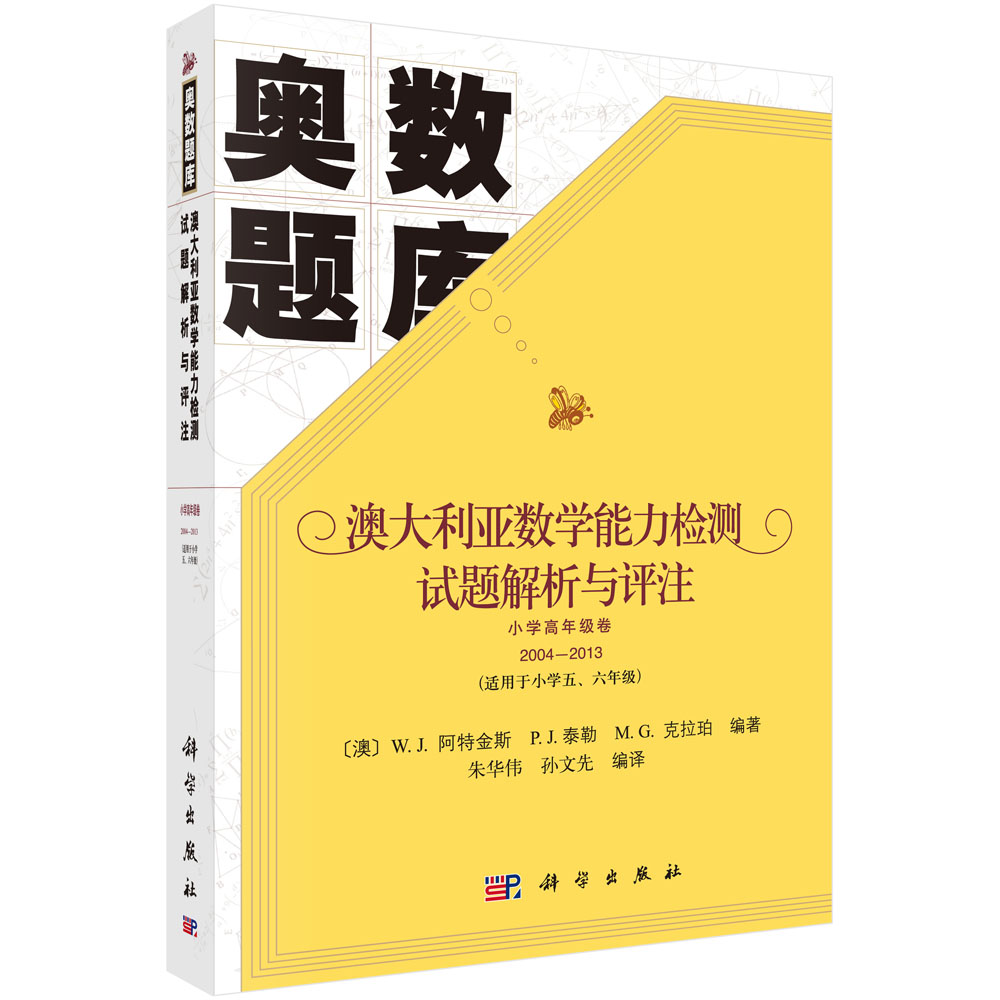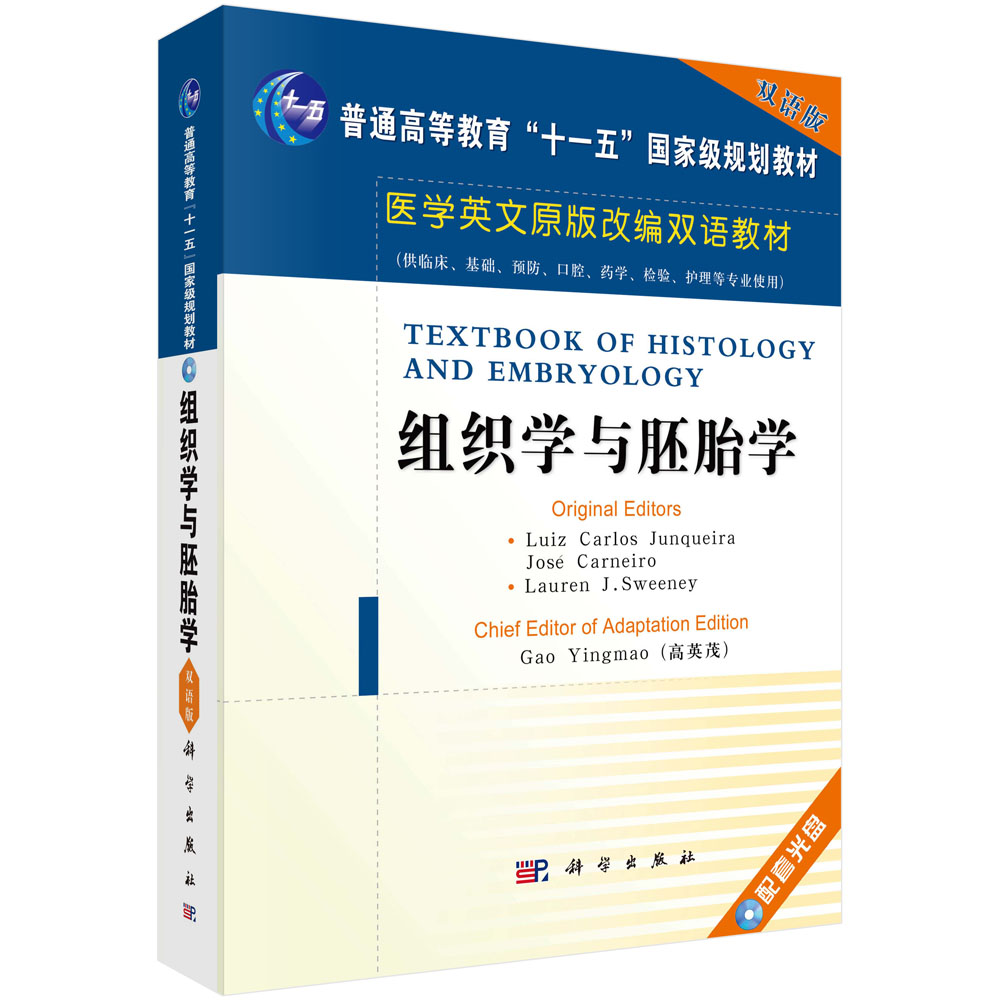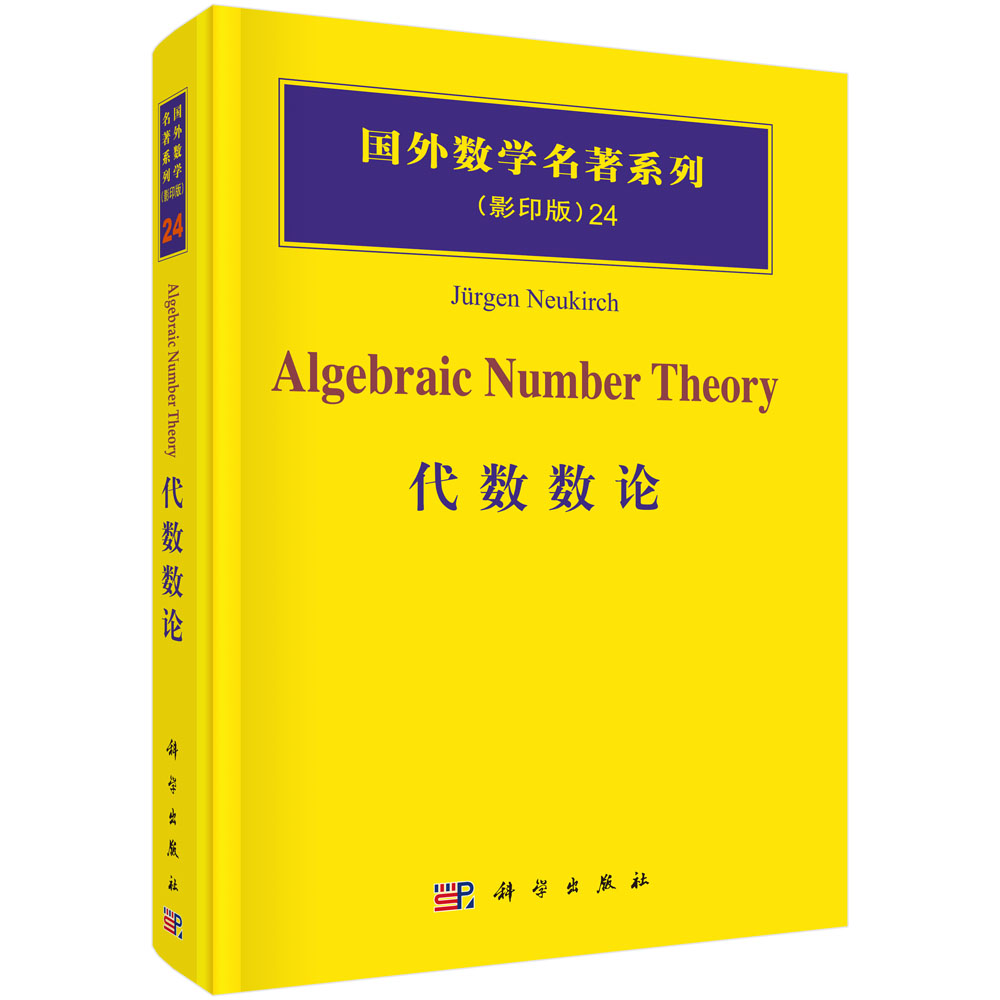“精要速览系列(Instant Notes Series)”丛书是国外教材“Best Seller”榜的上榜教材。该系列教材结构新颖,视角独特;重点明确,脉络分明;图表简明清晰;英文自然易懂,被许多高等院校双语教学选用。
本书在前版基础上修订,涵盖了生物信息学的基本内容及拓展知识。全书共分三大部分:学科概况(A-B)、基础部分(C-I)、应用领域(J-R),合计18章:A生物学研究方式的转变、B生物信息学的定义、C物理学要素、D数据及数据库、E数据类型、F计算、G概率与统计、H模拟与数学技术、I人工智能和机器学习、J基因组及其他序列、K转录物组学、L蛋白质与蛋白质组学技术、M代谢物组学、N超分子结构、O生化动力学、P生理学、Q图像分析、R文本分析。书前附有缩略词表,书后附有进一步阅读的文献以及索引。
样章试读
目录
- 目录
前言
缩略词
A 生物学研究方式的转变 (1)
B 生物信息学的定义 (7)
C 物理学要素 (13)
D 数据及数据库 (19)
E 数据类型 (29)
E1 数据类型 (29)
E2 生物信息学中数据表达的最佳方法 (34)
F 计算 (37)
G 概率与统计 (49)
G1 概率和概率分布 (49)
G2 条件概率和贝叶斯法则 (56)
G3 基本的统计学检验 (61)
H 模型与数学技术 (69)
H1 系统特征 (69)
H2 图论及其应用 (72)
H3 常微分方程和代数学 (79)
H4 高级模拟技术 (83)
H5 形状、变形和生长 (86)
I 人工智能和机器学习 (89)
I1 人工智能和机器学习的概论 (89)
I2 人工智能和机器学习的统计学方法 (91)
I3 人工智能和机器学习的计算方法 (99)
J 基因组及其他序列 (107)
J1 数据库和数据源 (107)
J2 基因组注释 (131)
J3 序列分析 (139)
J4 序列家族、联配和系统发育 (160)
J5 结构域家族和数据库 (173)
K 转录物组学 (181)
K1 转录谱 (181)
K2 转录分析的统计问题 (185)
K3 基因表达的差异分析 (187)
K4 多元技术和网络推理 (194)
K5 数据标准和实验设计 (199)
L 蛋白质与蛋白质组学技术 (203)
L1 蛋白质组学技术 (203)
L2 相互作用蛋白质组学 (213)
L3 相互作用数据库和网络 (217)
L4 结构生物信息学 (221)
L5 结构分类 (241)
L6 结构预测和模建 (245)
L7 分子动力学和药物设计 (259)
M 代谢物组学 (267)
N 超分子结构 (271)
N1 超分子结构 (271)
N2 组织和生物体尺度结构 (273)
O 生化动力学 (275)
O1 新陈代谢网络的研究 (275)
O2 微积分和代数学的应用 (283)
P 生理学 (289)
P1 生理学 (289)
P2 整合生物学和植物模型 (293)
P3 整合生物学——结束语 (296)
Q 图像分析 (299)
Q1 什么是图像分析 (299)
Q2 什么是生物科学研究中的图像分析 (304)
Q3 图像增强 (311)
Q4 特征检测 (315)
Q5 数据析取 (319)
R 文本分析 (323)
进一步阅读的文献 (329)
索引 (337)
CONTENTS
Abbreviations
Preface
Section A- The changing face of research biology 1
Section B- Definitions of bioinformatics 7
Section C- Essentials of physics 13
Section D- Data and databases 19
Section E- Data categories 29
E1 Data categories 29
E2 Best practice for data representation in bioinformatics 34
Section F- Section 37
Section G- Probability and statistics 49
G1 Probability and probability distributions 49
G2 Conditional probability and Bayes’ rule 56
G3 Elementary statistical testing 61
Section H- Modeling and mathematical techniques 69
H1 System features 69
H2 Graph theory and its applications 72
H3 Ordinary differential equations and algebra 79
H4 Advanced modeling techniques 83
H5 Shape, deformation, and growth 86
Section I- Artificial intelligence and machine learning 89
I1 Introduction to artificial intelligence and machine learning 89
I2 Statistical approaches to artificial intelligence and machine learning 91
I3 Computation approaches to artificial intelligence and machine learning 99
Section J- Genomes and other sequences 107
J1 Databases and data sources 107
J2 Genome annotation 131
J3 Sequence analysis 139
J4 Sequence families, alignment, and phylogeny 160
J5 Domain families and databases 173
Section K- Transcriptomics 181
K1 Transcript profiling 181
K2 Statistical issues for transcriptome analysis 185
K3 Analyzing differential gene expression 187
K4 Multivariate techniques and network inference 194
K5 Data standards and experimental design 199
Section L- Proteins and proteomics 203
L1 Proteomics techniques 203
L2 Interaction proteomics 213
L3 Interaction databases and networks 217
L4 Structural bioinformatics 221
LS Structural classifications 241
L6 Structure prediction and modeling 245
L7 Molecular dynamics and drug design 259
Section M- Metabolomics 267
Section N- Supramolecular organization 271
N1 Supramolecular organization 271
N2 Tissue- and organism-scale organization 273
Section O- Biochemical dynamics 275
O1 Network studies of metabolism 275
O2 Use of calculus and algebra 283
Section P- Physiology 289
P1 Physiology 289
P2 Integrative biology and plant modeling 293
P3 Integrative biology-conclusions 296
Section Q- Image analysis 299
Q1 What is image analysis? 299
Q2 How is image analysis used in bioscience research? 304
Q3 Image enhancement 311
Q4 Feature detection 315
Q5 Data extraction 319
Section R- Textual analysis 323
Further reading 329
Index 337





























